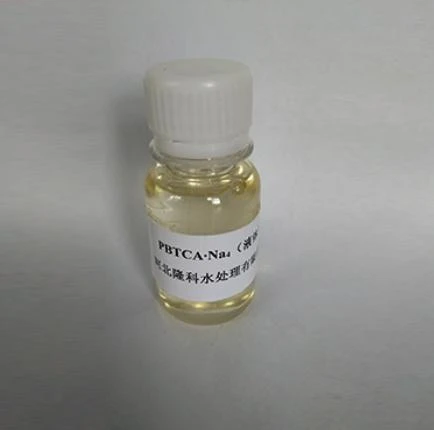Flocculation Agents for Effective Water Treatment and Purification Solutions
Water Flocculation Chemicals An Overview
Water flocculation is a crucial process in water treatment that enhances the removal of suspended solids and harmful contaminants. This method is especially vital in industries such as municipal water supply, wastewater treatment, and even in food and beverage production. Central to this process are various flocculation chemicals that aid in the agglomeration of particles, making them easier to remove from water. This article provides an overview of the primary types of water flocculation chemicals, their mechanisms, and their applications.
Types of Flocculation Chemicals
Flocculation chemicals can be broadly classified into three categories inorganic coagulants, organic coagulants, and natural coagulants
.1. Inorganic Coagulants Inorganic coagulants are widely used due to their effectiveness and cost efficiency. Common examples include aluminum sulfate (alum), ferric sulfate, and polyaluminum chloride. These compounds work by neutralizing the charges on suspended particles in water, allowing them to clump together (or flocculate) into larger aggregates. The larger flocs are then easier to separate from the water through sedimentation or filtration.
Aluminum sulfate is particularly popular for its effectiveness in neutral pH waters, while ferric sulfate is often favored for its ability to perform well across a wider pH range and in the presence of organic matter. These chemicals are essential for treating both surface water and wastewater, playing a significant role in achieving clean and safe water.
2. Organic Coagulants Organic coagulants are primarily polymer-based substances, such as polyacrylamides and synthetic organic polymers. They offer the advantage of producing larger flocs at lower doses compared to inorganic coagulants, which can lead to less sludge generation. This characteristic makes them particularly favorable in applications where minimizing residuals is critical, such as in drinking water treatment and certain industrial processes.
The mechanism of organic coagulants involves charge neutralization and bridging, where the polymer chains link multiple particles together to form larger aggregates. As a result, the flocs formed are generally more stable and easier to handle during the subsequent sedimentation and filtration stages.
3. Natural Coagulants With an increasing emphasis on sustainability, natural coagulants derived from plants and other natural sources are gaining traction. Materials such as moringa seeds, chitosan from shrimp shells, and various vegetable extracts demonstrate effective coagulation properties. These natural alternatives are particularly appealing due to their biodegradable nature and lower environmental impact compared to synthetic chemicals.
water flocculation chemicals

The use of natural coagulants has been studied extensively, and while they may not always match the efficiency of synthetic options in all scenarios, they offer an eco-friendly approach to water treatment and can serve specific applications where synthetic coagulants are less effective.
Mechanism of Action
The flocculation process involves several key steps. Initially, coagulants are added to the water, where they dissolve and ionize, creating a charged environment. As the chemicals neutralize the surface charges of the suspended particles, these particles begin to collide and aggregate. Once sufficient flocs have formed, the larger aggregates can settle to the bottom or be filtered out, leaving behind clearer water.
Applications in Water Treatment
The application of flocculation chemicals spans various sectors. In municipal water treatment, coagulants are essential for producing safe drinking water by removing turbidity and contaminants. In wastewater treatment, these chemicals assist in the removal of suspended solids and diverse pollutants, ensuring compliance with environmental regulations before discharge into water bodies.
In the food and beverage industry, flocculation plays a role in the clarification of beverages such as wine and juice, enhancing product quality. Additionally, it is used in the paper industry to improve the quality of water used in manufacturing processes.
Conclusion
Water flocculation chemicals are integral to effective water treatment processes, ensuring that suspended solids and contaminants are efficiently removed. By understanding the types of flocculants available and their mechanisms, practitioners can choose the most appropriate solutions for their specific water treatment needs. As the demand for clean water continues to grow, the role of innovative flocculation chemicals will undoubtedly become even more significant in the quest for sustainable water management practices.
-
LK-319 Special Scale And Corrosion Inhibitor For Steel Plants: Advanced Solutions for Industrial Water SystemsNewsAug.22,2025
-
Flocculant Water Treatment: Essential Chemical Solutions for Purification ProcessesNewsAug.22,2025
-
Isothiazolinones: Versatile Microbial Control Agents for Industrial and Consumer ApplicationsNewsAug.22,2025
-
Scale Inhibitor: Key Solutions for Water System Scale PreventionNewsAug.22,2025
-
Organophosphonates: Versatile Scale Inhibitors for Industrial Water SystemsNewsAug.22,2025
-
Scale and Corrosion Inhibitor: Essential Chemical Solutions for Water System MaintenanceNewsAug.22,2025





